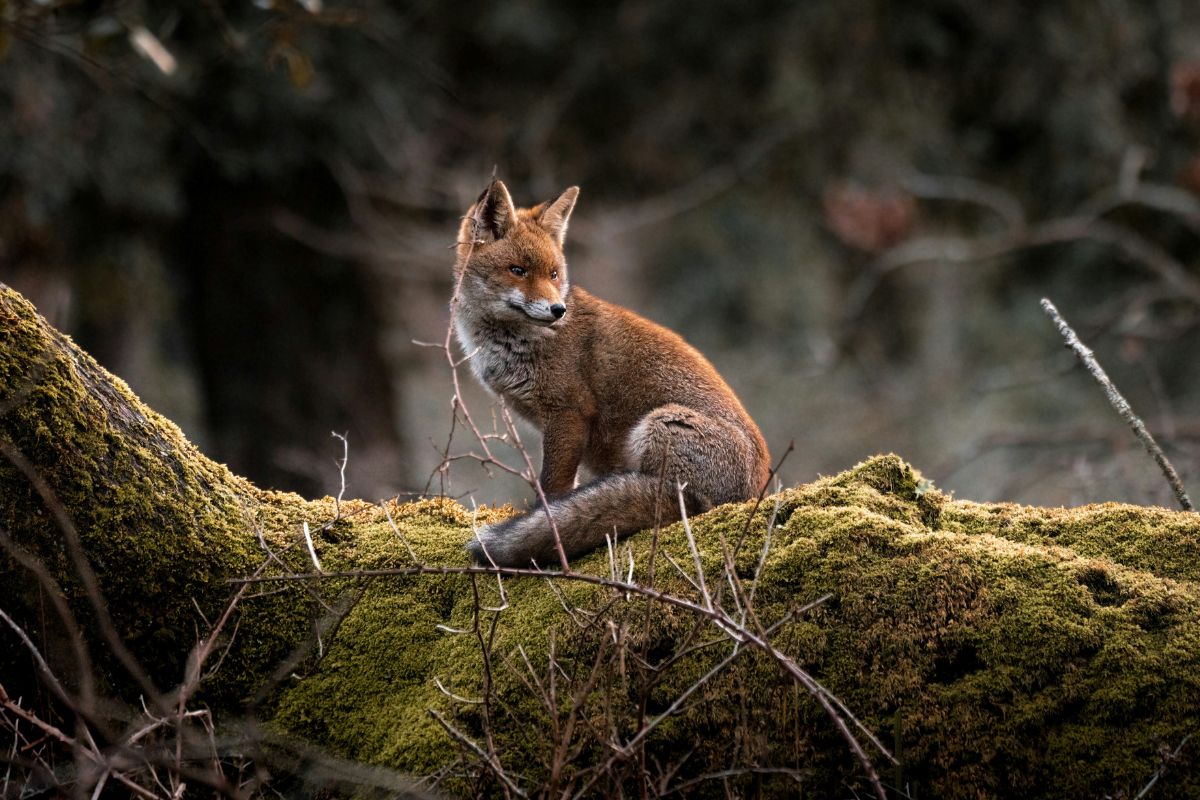by Scott Smith
Ref·uge [ˈrefyo͞oj]: a condition of being safe or sheltered from pursuit, danger, or trouble.
The National Wildlife Refuge System is an unparalleled network of public lands and waters, comprising more than 560 different refuges spanning the country. Totaling more than 850 million acres, it is the largest and most diverse network of protected lands and waters on earth.
It’s managed by the U.S. Fish and Wildlife Service, and exists, in FWS’ own words, “primarily to safeguard wildlife populations through habitat protection.”
But how can a “refuge” truly protect wildlife if the hunting of animals, in particular natural predators, and the use of toxic pesticides, continue to be allowed?
That’s the concern Friends of Animals Wildlife Law Program voices in its Public Comment to a Proposed Rule issued on February 2 regarding new efforts by the FWS to “conserve refuge ecosystems and all their components,” to “promote natural processes,” and to “address ecological transformation caused by climate change and other anthropogenic change.”
The new rule, called National Wildlife Refuge System; Biological Integrity, Diversity, and Environmental Health (89 FR 7345), includes some important updates and regulatory changes that will protect fragile ecosystems and wildlife by prohibiting most forms of predator control, typically used to boost prey species like deer and waterfowl for the benefit of hunters. The rule would offer more protections for native carnivores living on refuges, including bears, coyotes, cougars, foxes and bobcats. However, “the Proposed Regulation continues to allow the hunting of animals, which directly contrasts to the purpose of the Refuge System,” says Adam Kreger, staff attorney for Friends of Animals Wildlife Law Program.
“What’s more, the use of pesticides should not be allowed at all. Such a destructive practice, which threatens plants, animals, and humans beyond the target species, should not be allowed in the Refuge System,” Kreger adds. “FoA urges the U.S. Fish and Wildlife Service to strengthen the Proposed Rule by closing loopholes that allow the killing of predators and the use of pesticides that contradict the intended statutory purposes of the Refuge System.”
Read FoA’s Comment here; to submit your own comment, click here. The original deadline of March 4 has been extended to May 6.
Friends of Animals is particularly perplexed and appalled that the Proposed Rule states that FWS does not consider “recreational hunting and fishing opportunities” as a form of predator control. Killing predators does not qualify as predator control? It’s outrageous that visitors may still enter refuges to shoot and trap predators for sport.
The scientific literature is crystal clear that predators like coyotes, bobcats and foxes achieve precisely what FWS seeks to accomplish: biological diversity, integrity, and environmental health. Instead of acting as the largest federally sponsored hunting ground for the small minority of people who use 21st-century technology to kill for fun, the Refuge System should live up to its statutory purpose as a place to conserve wildlife and their habitat.
“Nature functions with its own checks and balances,” says Priscilla Feral, president of Friends of Animals. “We’re trying to redefine what a Wildlife Refuge means. It’s a sanctuary, and we’re calling for the least amount of human intrusion and the maximum protection of wildlife. That’s the policy that the National Park Service always had and what our wildlife refuges should strive to maintain.”

